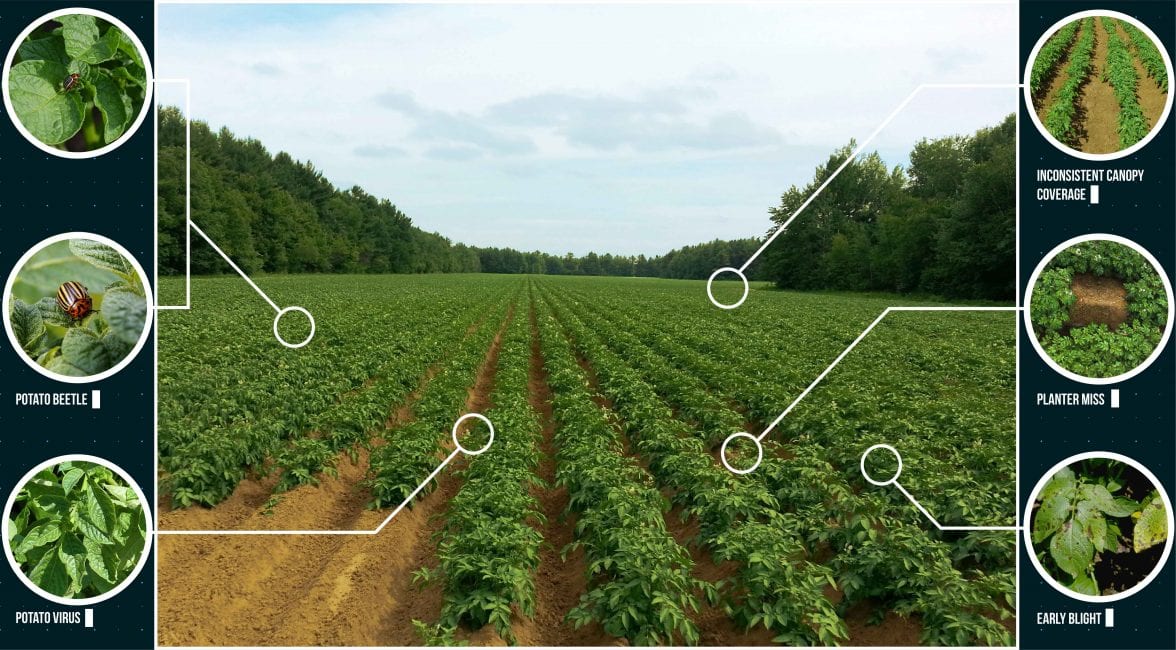Techniques that fall into the ‘straightforward’ category are preferred by arable farmers who want to start with precision farming. So they don’t just look at cost savings and the expected increase in revenue.
ast Wednesday, arable farmers from the Peat colonies were able to increase their knowledge in the field of precision agriculture during a webinar of the project Application Innovative Precision Agriculture technology (TIP). Which tools can growers use to gain a better insight into the soil, crop and yield variation on plots? And what are the possibilities of precision agriculture?
During the webinar, regional researcher Johan Booij of Wageningen Plant Research not only explained the possibilities, he also asked the participating arable farmers questions. At the moment, growers mainly use crop registration and straight-ahead systems with GPS. In addition, advisory programs for phytophthora control, variable nitrogen fertilization and variable liming.

‘Simple’ and ‘useful’
The question of which precision techniques the growers want to use in the near future mainly concerns variable fertilization, application of variable granulate against potato fatigue and variable liming. These choices are mainly related to the terms ‘simple’ and ‘useful’. These are overt techniques that do not require combining many different data.
Variable haulm killing works ‘straightforward’ on the basis of biomass. It can yield an average saving of 22 percent, according to the experience of seven participants in the National Precision Farming Experimental Garden. All growers used the then still authorized product Reglone. When using more expensive means, such as Quickdown and Spotlight, this will sooner ensure a positive result.
Site-specific liming
Location-specific liming is also fairly ‘straightforward’: using a soil scan, determining the variation in organic matter and acidity within the plot and limiting on that basis. With variable liming, an optimum acidity is achieved in a specific location for good crop growth.
With variable additional fertilization, the amount of biomass can be determined with satellites, drones or crop sensors. On this basis, site-specific additional fertilization can result in an average saving of 37.5 kilos of nitrogen per hectare for ware potatoes. That means less costs and less leaching.
‘Look in the lot’
‘The question is why the growth of a crop lags behind in some parts of a plot or looks very good’, says Booij. ‘Is it nitrogen? You cannot find out based on the drone images. It can also concern, for example, illness or moisture. You must always interpret the data properly and see which applications are possible. The advice is to look at the plot and to take additional measurements. ‘

